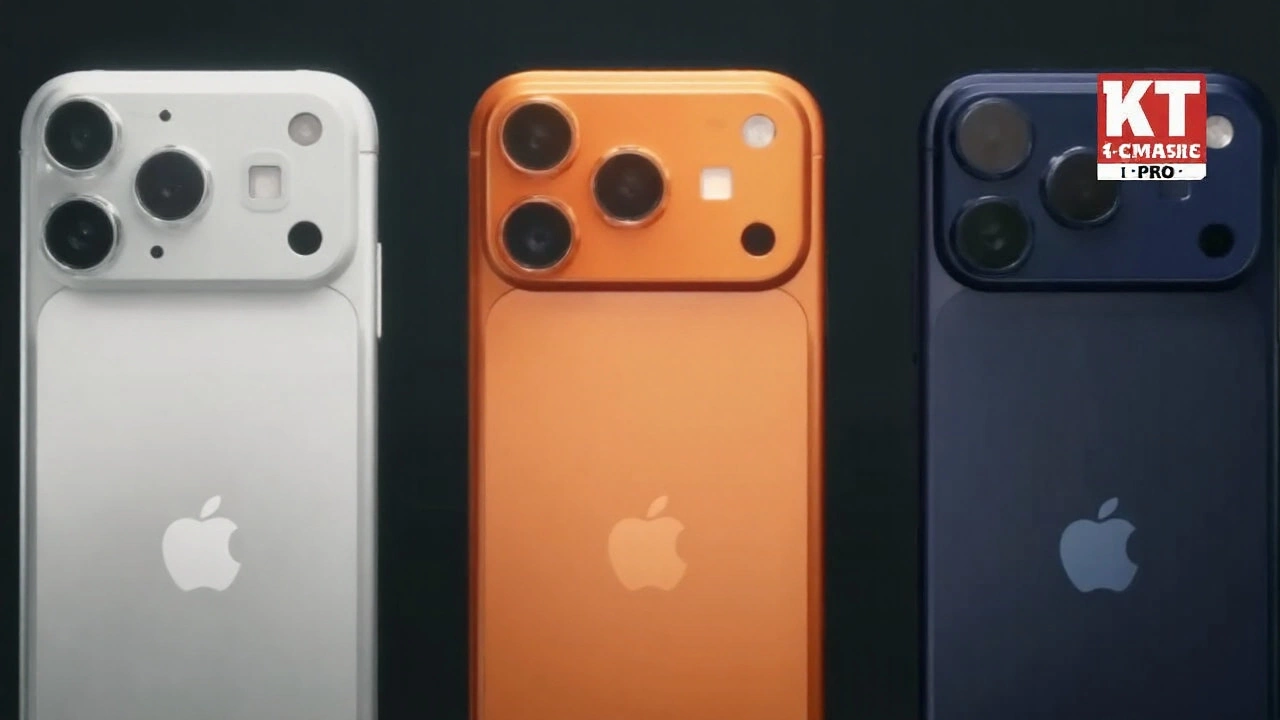Ceramic Shield 2 – The Next‑Gen iPhone Screen Protector
Apple’s latest claim to fame is the Ceramic Shield 2, the glass that covers the newest iPhone models. If you’ve ever cracked a phone screen and felt the dread of a costly repair, this tech promises to make that nightmare a lot rarer. So, what’s really behind the hype, and does it live up to the marketing?
What Makes Ceramic Shield 2 Different?
First off, Ceramic Shield 2 isn’t just tougher glass. It’s a hybrid of nano‑ceramic crystals embedded into a specially formulated ion‑strengthened glass matrix. Those tiny crystals act like a tiny armor grid, spreading the force of a drop across the surface instead of letting it concentrate on a single spot.
Because of that structure, Apple claims a 4‑times better drop‑resistance than the previous generation. The numbers sound impressive, but the real test is how it feels in everyday life. Most users notice a subtle difference: the screen feels less “slick” and more “grippy,” which can actually help you hold the phone steadier.
Another upgrade is the improved scratch resistance. The ceramic layer is harder than standard Gorilla Glass, so everyday objects—keys, coins, even rough pockets—don’t leave marks as easily. That doesn’t mean it’s completely scratch‑proof, but the odds of a noticeable scuff drop dramatically.
Real‑World Performance and Tips
In side‑by‑side drop tests, a phone with Ceramic Shield 2 survived a 6‑foot fall onto concrete with just a faint dent on the corner. The screen stayed intact, and the touch response was unchanged. By contrast, a comparable device with regular glass cracked on the same impact. Those results line up with what you’ll see in most user reports: fewer cracked screens, especially among people who are a bit clumsy.
While the shield offers serious protection, you can still boost durability with a couple of simple habits. Use a good quality case that covers the edges—Ceramic Shield protects the front, but the frame can still take the brunt of a hit. Also, keep the screen clean; oils can weaken the bond between the ceramic layer and the glass over time.
If you’re thinking about adding a screen protector on top, choose one that’s designed for Ceramic Shield. Some ultra‑thin protectors can actually enhance the feel, while others might trap air bubbles and reduce clarity. A well‑applied protector won’t interfere with the built‑in toughness.
Finally, remember that no screen is invincible. Even with Ceramic Shield 2, very high‑impact drops—like from a car window or onto a hard edge—can still cause damage. But for the everyday bumps, drops from a table, or accidental slips, this new shield makes the iPhone significantly more resilient.
Bottom line: Ceramic Shield 2 gives you a sturdier, less scratch‑prone display without sacrificing the crisp, bright visuals you expect from an iPhone. Pair it with a decent case, keep the screen clean, and you’ll likely go months without worrying about a cracked screen. It’s a solid upgrade that feels like a real safety net for your phone.
iPhone 17 Pro debuts with aluminum unibody, vapor chamber cooling, and 8x optical zoom
Apple unveiled the iPhone 17 Pro and Pro Max with an aluminum unibody, a built-in vapor chamber for cooling, triple 48MP cameras with 8x optical-quality zoom, and pro video features like ProRes RAW, Apple Log 2, and genlock. The new displays reach 3000 nits peak brightness. Ceramic Shield 2 now protects the back as well. Pre-orders start Sept 12, with sales from Sept 19.
